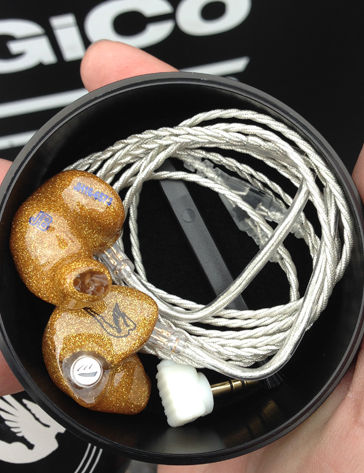Headliner talks to Jason Batuyong, monitor engineer for X Factor USA, about the challenges of live broadcast whilst introducing untrained artists to the wonders of in-ear monitoring...
How did you first get involved in X Factor, and what’s your mixing back- ground?
I’ve been with X Factor USA from the beginning. I’ve mixed freelance with ATK Audiotek for many years, and the first season was my chance to prove myself in live broadcast. The opportunity was incidentally negotiated on the golf course! I began like most, as a musician. The group I was playing with was subject to a horrendous studio experience. Sound familiar? [smiles] I decided I needed to know as much about audio as I could and I haven’t been back in the studio since. I found that I enjoyed the high-adrenaline pace of live mixing more than the studio as I still felt like I was performing. One shot to get it right. I honed my skills at the largest theme park in California, Disneyland. There, I was exposed to every facet of the audio world from rock and roll to Broadway, corporate event to permanent installs. I even designed the audio systems for a major parade.
What are the main challenges from an audio perspective?
Fairness. I have to keep an unbiased opinion and I have to make sure each contestant has my undivided attention. I never want to hear the dreaded words ‘I couldn’t hear.’ The tracks are ever-evolving right up until show time; that keeps us on our toes. Punctuality is also paramount. I have to make sure I’m early enough to get my favourite doughnut from craft services!
What’s a typical week for you in camp X Factor?
Monday is soundcheck only with the contestants on stage, without their choreography and blocking. Tuesday is more orientated towards the choreography and staging, however they are still singing and rehearsing full out. Wednesday is show day with a full dress rehearsal and the
live performance show; and Thursday is cut show day where we typically have one to two guest acts to rehearse before another dress rehearsal, and finally the live cut show. I have a talkback microphone that feeds directly into the contestants’ ears and nowhere else. We can have private two- way conversations and that helps the contestants convey what they need without me needing to be on the stage with them. I also have three monitor assists that make up the moni- tor department. These three gentlemen are the best in the business; they handle everything from the distribution of the in-ears and making sure the sometimes 24 contestants have the correct wireless receiver as well as the correct in-ears. This is not easy when they all look the same! It allows me to focus my attention on programming the console and the needs of the contestant. We all play therapist from time to time; we are always encouraging.
You use JH Audio in-ear systems on the show; which products, and how are they deployed?
This season, JH Audio took its top of the line JH16 with freak phase and added an ambient filter with a 15dB attenuator. Jerry [Harvey, company founder] retuned them to make sure there was no loss of low end due to the ambient filter, and the result was absolutely stunning. The product is called the JH Ambient FR; I have a Hot Rod Sparkle gold set.
How easy is it for artists on the show to adapt to using these in-ear systems, especially when many must be doing so for the first time?
None of the contestants have had experience with in-ears, which is a blessing in disguise. I get to start them from scratch, and the JH ambient FR allows them a transition from wedges to in-ears that has proven to work entirely flawlessly. Our contestants never pull one or both in-ears out during a performance or even during the judging session that follows. JH went to great lengths to help me design the perfect in-ear monitor for the conditions at the X Factor, and I literally can’t fault them.

